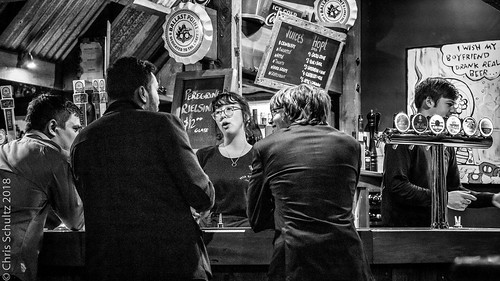Obviously, the lower the better - since both dynamic range and coloring is better. I like to shoot in the night (especially in the Arizona summer), so light is important (what there is of it), and having excellent dynamic range lets me open up the shadows for details. That needs to be traded against just how long you want to push your exposure (especially if you are stitching). With my K5, it was ISO 1600, but with the K1 - I can use ISO 800 and get wonderful color and pull the shadow details out, and that was astro landscapes.
Now setting up the shot, I will turn up the ISO to 12,800 or 51,200 to do a 1 second shot to check level, and framing, then turn it back down for the shot. With my K5 as somewhat of a test shot, I used ISO 4000 one night and the foreground detail was wonderful (an old desert wash), so it all depends on a lot of factors.
The other thing is, the way I shoot - I get the white dot thermal noise. So, I need to make a decision as to using LENR or take some dark frames for post processing, or just tolerate it. That's just way out in the desert at nigh shooting astro. Dammed if you do and dammed if you don't. Shooting cityscapes, with some ambient light present - things go just fine. You have to make some real time decisions, trade offs, suck it up - and just shoot it. Perhaps shooting it several time, with slightly different setting.



 Similar Threads
Similar Threads 
















 Post #18 by savoche
Post #18 by savoche








